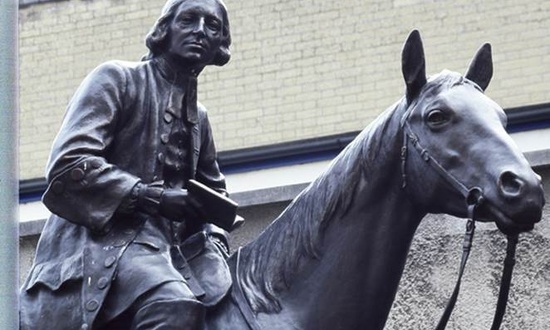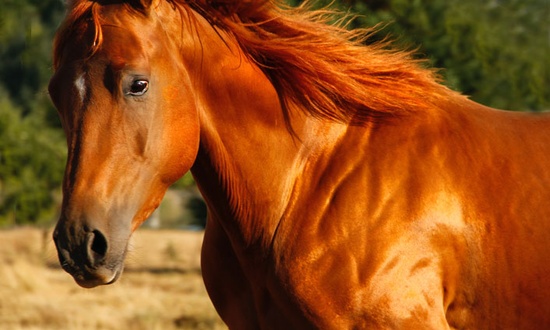In Creatures Like Us, Lynne Sharpe explores the awareness and sensitivity of horses to their environment and the emotions of people around them. She’s found that horses possess a phenomenal ability to decipher human emotional cues and read body language.
Friends can discuss with one another over a cup of coffee what seems to be going on in the life of a mutual friend. Obviously, the horse cannot do this. (In fact, horses probably don't even like coffee.) But their horse may have a deeper intuitive knowledge about the human that rides them than that person’s friends do. The friends might miss the signs of a suicidal depression that the horse can clearly sense, even though they cannot communicate it, except perhaps to the one whose eyes they look into—and God gave horses just the eyes that might save their human’s life.
If you’ve experienced the love and trust of an animal, whether it’s from a horse, a dog, a cat, or any other kind of animal, you know it’s profoundly moving. And no wonder, since God has coupled mankind and the animal kingdom, not only through the order of creation, with humans immediately following animals on the sixth day, but also through His mandate that we govern the animals (Genesis 1:26).
One of our EPM staff shared this video with me of a woman’s deep connection with her horse:
That video makes me think of the 18th-century evangelist and theologian John Wesley (1703-1791) who spent an unbelievably large portion of his life on horseback as he rode from town to town, preaching the gospel in farmer’s fields and land surrounding coal mines. Since Wesley spent so much time with horses, he knew them well, and was grateful to the God who so clearly loves and praises them. He knew God had good reasons for making animals, including transporting him to maybe twenty times more people in his lifetime so that they could hear him preach the gospel.
At a conservative estimate, he preached more than 40,000 sermons, some to congregations in excess of 20,000. He regularly preached four or five times a day. His sermon register from January 1747 to December 1761 reveals that he delivered 7,000 sermons on 1,354 texts.It’s been calculated that Wesley traveled on horseback an astounding 250,000 miles, the equivalent of ten times around the entire earth.
In his journal, Wesley recorded on March 17, 1746:
I took my leave of Newcastle...my horse was exceedingly lame. …We could not discern what it was that was amiss; and yet he would scarce set his foot to the ground. By riding thus seven miles, I was thoroughly tired, and my head ached...I then thought, "Cannot God heal either man or beast, by any means, or without any?" Immediately my weariness and headache ceased, and my horse's lameness in the same instant. Nor did he halt any more either that day or the next!
I can see John Wesley practicing his sermons with and praying for his horse as he rode 25 miles day after day, occasionally as many as 90 miles, to preach three times and move on. Wesley’s closest companions were horses (who were no doubt grateful he was 5’3” and weighed only 128 pounds!).
He wrote in his journal:
Nearly thirty years ago I was thinking, “How is it that no horse ever stumbles while I am reading?” (History, poetry, and philosophy I commonly read on horseback, having other employment at other times.) No account can possibly be given but this: because then I throw the reins on his neck. I then set myself to observe; and I aver, that in riding above a hundred thousand miles, I scarcely ever remember any horse (except, two, that would fall head over heels anyway) to fall or make a considerable stumble while I rode with a slack rein. To fancy, therefore, that a tight rein prevents stumbling is a capital blunder. I have repeated the trial more frequently than most men in the kingdom can do. A slack rein will prevent stumbling if anything will. But in some horses nothing can.
After he had fed, watered, and brushed his mount, I could easily see Wesley at a campfire reading Job 39:19-25 to his horse from the Bible carried in his saddlebag (which he often read and memorized as he rode). I’d guess he read too from Revelation 19:
Then I saw heaven opened, and a white horse was standing there. Its rider was named Faithful and True…His eyes were like flames of fire, and on his head were many crowns…He wore a robe dipped in blood, and his title was the Word of God. The armies of heaven, dressed in the finest of pure white linen, followed him on white horses… On his robe at his thighwas written this title: King of all kings and Lord of all lords. (Revelation 19:11-16)







